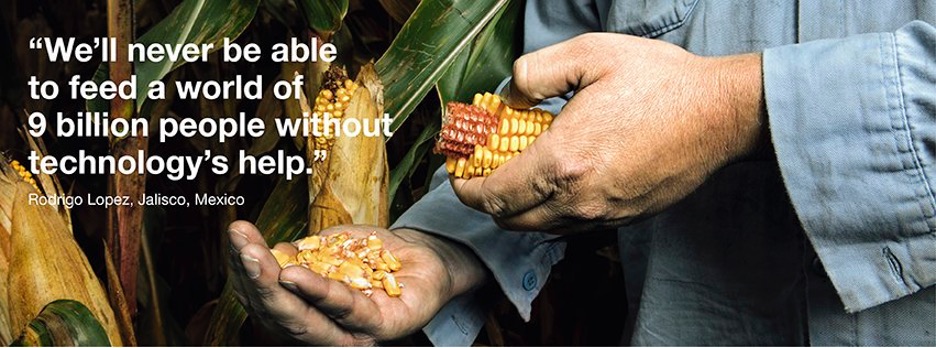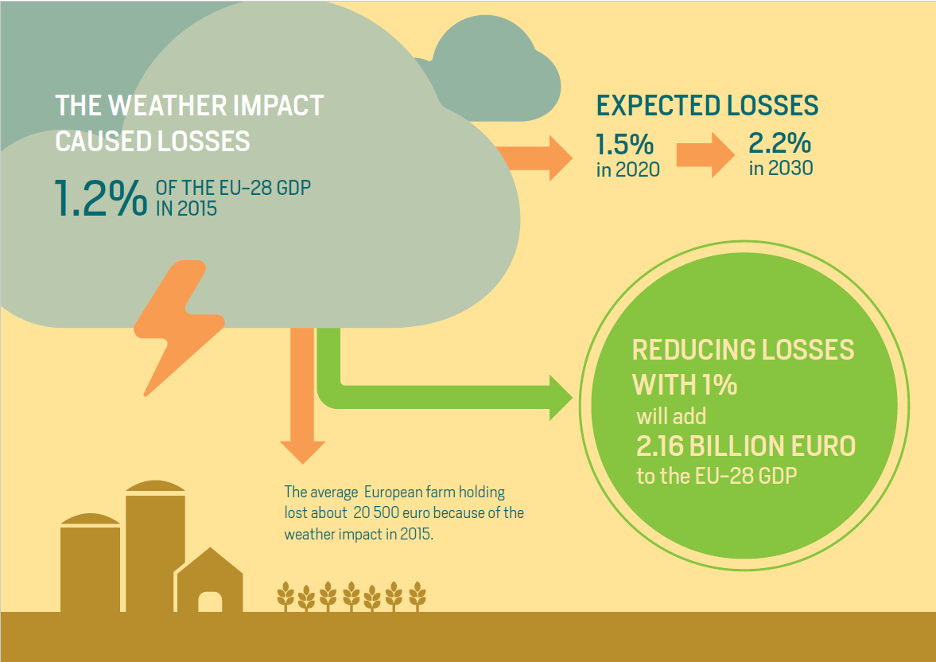Hyperlocal weather forecast benefits the environment and the farmers
Arable Vegetables South-East Europe
Hyperlocal weather forecast benefits the environment and the farmers
Agriculture is a key economic sector in the EU, forming about 4% of the total GDP of all member states and providing employment for 22.2 million people. Moreover, agriculture has a fundamental role in feeding the world’s population which is expected to reach 9,7 billion people by 2050. For keeping up with the rising population, the productivity of the sector must increase by 70%. That Increasement can only be done by developing a sustainable and competitive agri-food sector, based on innovative decision-supporting and decision-making technologies and services. Services provide precise and optimised management of all inputs in the agricultural sector.
Meteorological conditions and agriculture
 The agricultural production is dependent on many different resources, but weather conditions are the only factor influencing the crop development in every single moment (for а period of 5 to 9 months), from the seeding to harvesting. Weather not only affects how crops grow but also logistics around all the agricultural activities and also transportation.
The agricultural production is dependent on many different resources, but weather conditions are the only factor influencing the crop development in every single moment (for а period of 5 to 9 months), from the seeding to harvesting. Weather not only affects how crops grow but also logistics around all the agricultural activities and also transportation.
According to a study done by IBM 90% of all crop losses are due to weather and about 25% of weather-related crop damages can be reduced if the farmers have access to specialised climate services addressing their specific needs.
In the meantime, agriculture is among the industries with the lowest level of digitalisation - between 15 and 18 per cent of farmers use software products on their farms.
Meteorological conditions (current, future and past) are the main factor on which farmers depend:
- ・ In daily field activities, for their planning and implementation;
- ・ In the annual planning, for all incomes and expenses on the farm;
Over 95 per cent of farmers plan their activities with generalised weather forecasts that are automatically installed weather applications to their smart devices and weather forecasts on television.
Over 98% of farmers are not aware of the difference between the generalised meteorological forecasts and the hyper-local ones.
Over 80% of farmers tend to buy a weather station (because it is the physical measurements) instead of trusting the weather forecast.
Less than 5% of farmers use in-depth analysis of meteorological conditions to manage their farms and to learn about the possibility of modelling the development of culture; performing field activities such as spraying, sowing, etc.; accessibility of machines to the field (based on the set of short-term and long-term meteorological indicators);
The challenges

Business to Customer (B2C)
The inaccurate weather forecast and the lack of an in-depth analysis of the impact of weather conditions and climate change are within the increased costs (up to 10-12% for fuel, up to 20% for preparations, up to 5% for fertilizers, up to 5% for salaries); and reduced income (carrying out economic activities at the wrong time, the wrong choice of culture in accordance with the climatic conditions of a given geographical area).
Business to business (B2B)
All software platforms offering services for digitalisation of agriculture need integration of meteorological data, which requires:
- ・ Farm know-how;
- ・ Meteorological know-how;
- ・ Development know-how;
An investment in this combination is:
- ・Expensive and time-consuming;
- ・Leads to the difficult and unclear calculation of returns;
By using a hyperlocal weather forecast, farmers can achieve a reduction in fuel costs of up to 5% and a reduction in total production costs by up to 9%.
Which in turn can increase revenue per acre by up to 15%, thanks to more precision and less cost invested in field activities.



